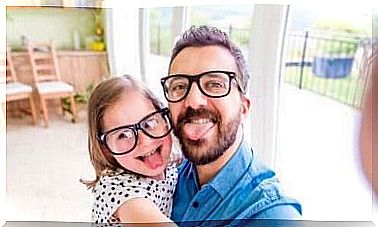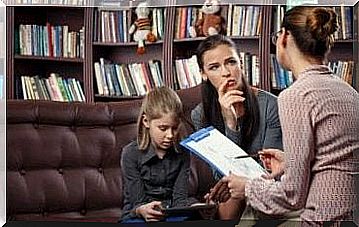Blended Learning, A Learning Method Made To Last – Being Parents

Even though, as a consequence of the current global situation, the trend of blended learning or semi-face-to-face learning has intensified, it has also come to stay.
Learning which can combine face-to-face contact with virtual and distance learning may very likely become, in the not too distant future, the best form of organization of teaching on the part of the educational system in the world. all its levels.
What are we talking about when we say blended learning?
When we mention the term blended learning, we are referring to a word whose translation is “blended learning”. It refers to a form of teaching in which two strategies are combined.

It is, on the one hand, synchronous and face-to-face learning and, on the other hand, asynchronous remote or online learning , based on technology. The goal of blended learning is therefore to be able to combine the best of each of these two modalities.
Today, we see more and more schools thinking of semi-face-to-face education. This presupposes organizational logistics and a combination of human, material, technological and infrastructure resources in order to be able to create the so-called LMS, Learning Management System or “knowledge management systems”.
These management systems are web platforms that allow access to courses created by and for educational institutions. Thus, well-structured semi-face-to-face teaching can allow students to learn that is personalized and adapted to training objectives and needs.
The goal is that a student can learn the different subjects in the classroom and in a face-to-face way, but also outside, to reinforce, review and acquire new knowledge in a non-face-to-face way.
Benefits of semi-face-to-face learning
- It offers students the possibility of accessing different formative routes and teaching / learning can be adapted.
- It eliminates spatio-temporal and movement barriers. Students can learn and resolve their doubts in an immediate and agile way.
- It provides students with the support of a teacher in instances and face-to-face learning spaces. It also promotes respect for the various educational platforms and sites. These will be used by students in other spaces and during other non-face-to-face learning moments.
- It allows for the development of participatory and collaborative learning, both inside and outside the classroom, through different methodologies and applications that have this objective, such as the flipped classroom methodology .
- It allows more dynamic and motivating, fluid and active training, as well as greater independence and greater autonomy in learning.
- Regarding the role of the teacher, he ceases to be the sole source of knowledge. It has more a function of tutor and guide who accompanies the students in their learning process.
Why is blended learning the future?
Our company is characterized by its progress and constant changes. Technology and the Internet are present in almost all social spheres. Therefore, education must adapt and respond to a society that requires the formation of citizens ready to live in it.
Thus, semi-face-to-face or blended learning training seems to be a real challenge and a useful training methodology. But it does not only concern the education system: organizations and companies must also adapt and get used to the semi-face-to-face, both as a form of education and as a form of social communication in general.

Certain conditions to guarantee semi-face-to-face teaching
To allow quality training and accessible to all, semi-face-to-face learning should meet certain conditions. One of them would be to rely on well-structured, planned and organized education.
The objective is for there to be consistency and adjustment between face-to-face and non-face-to-face training. The continuity of student learning would thus be guaranteed.
In addition, to have quality semi-face-to-face learning, a teacher training network must be established. They must be able to dominate the virtual teaching-learning environments as well as the pedagogical models of teaching required in these universes.
Finally, as we have said, good planning and good teacher training are necessary conditions to achieve quality semi-face-to-face teaching. However, we must underline another indispensable condition: the economic investment which is inevitable to achieve this objective.









